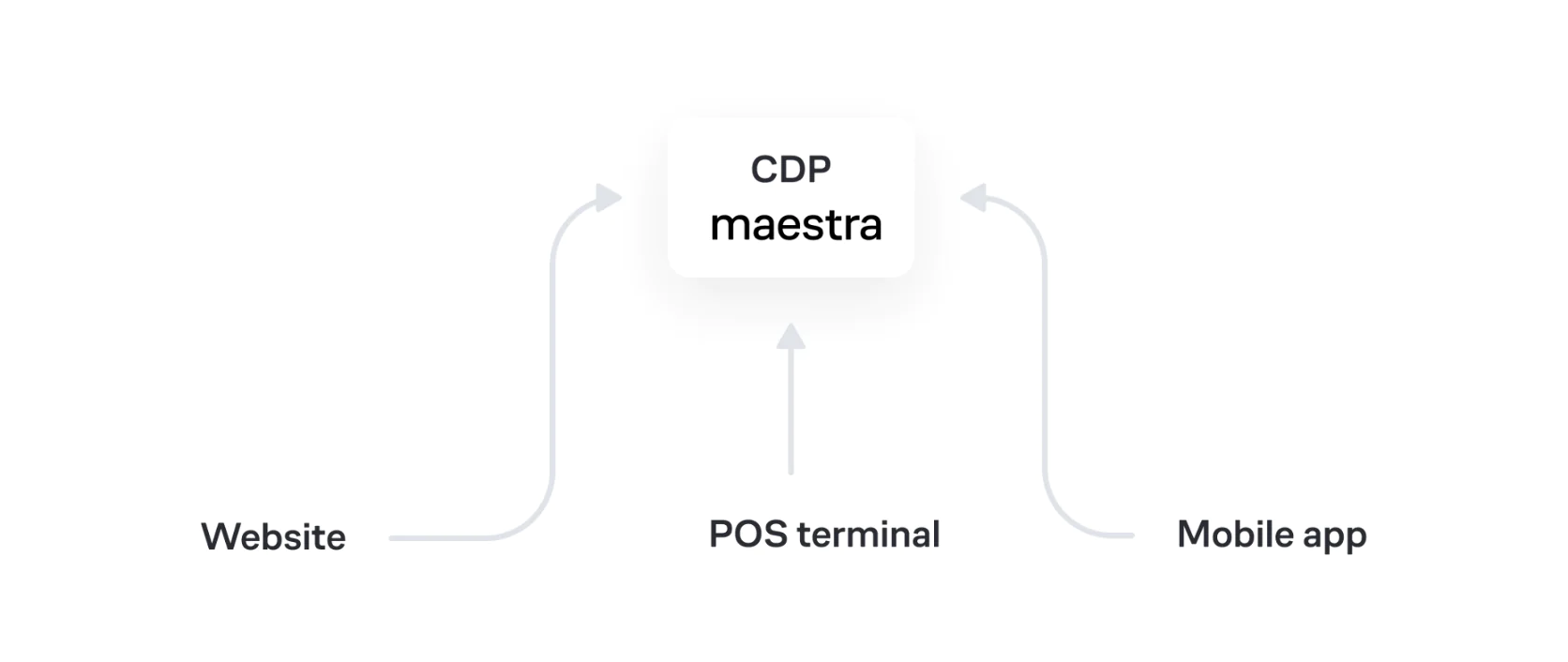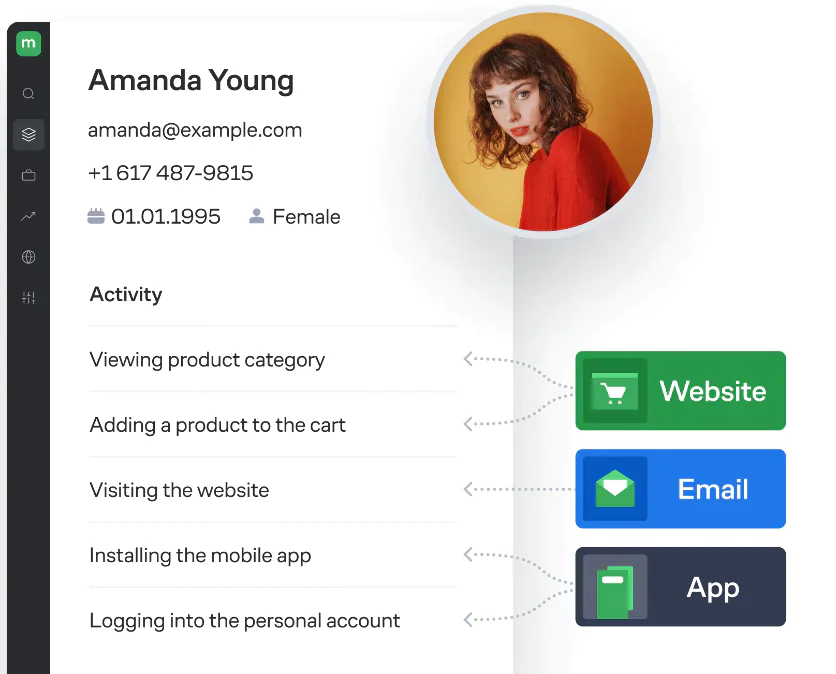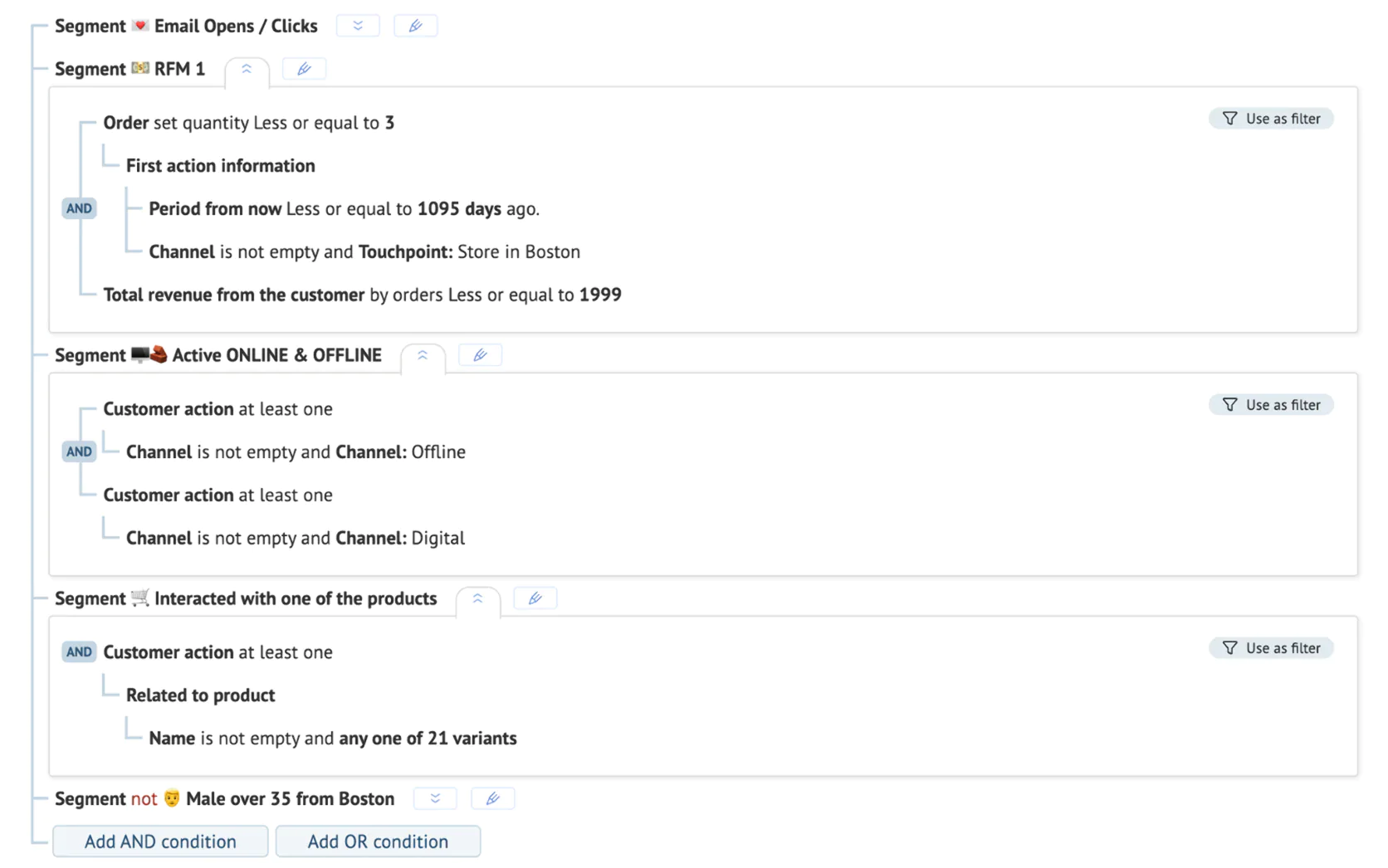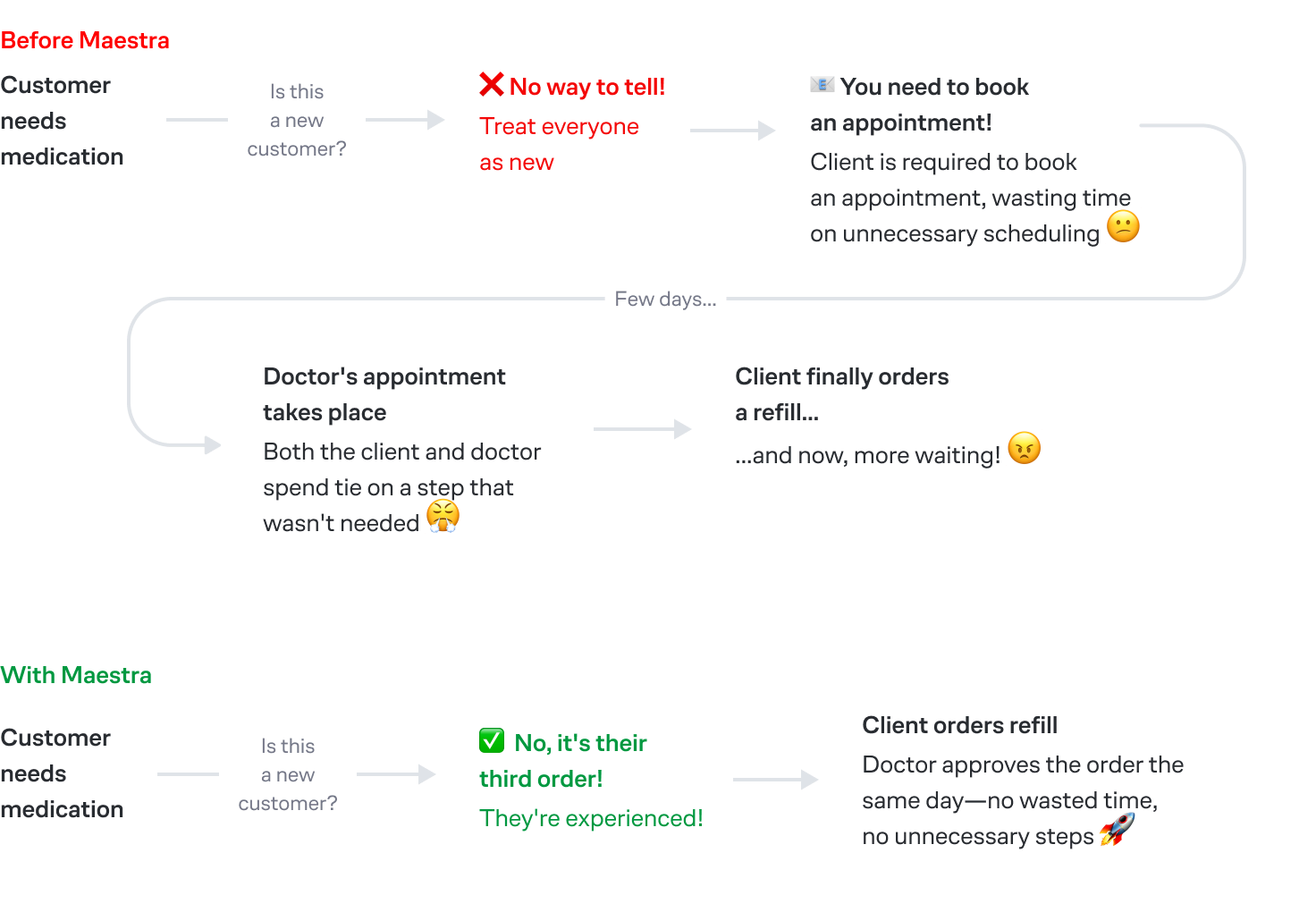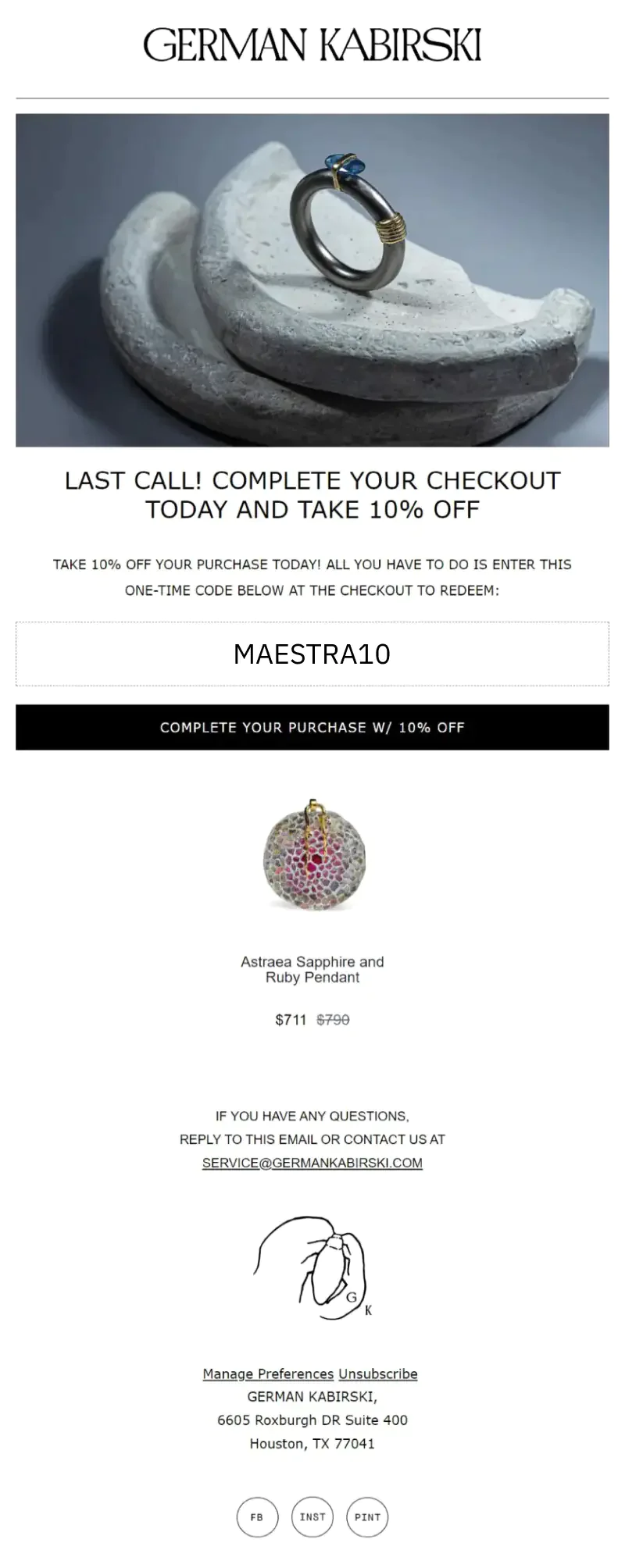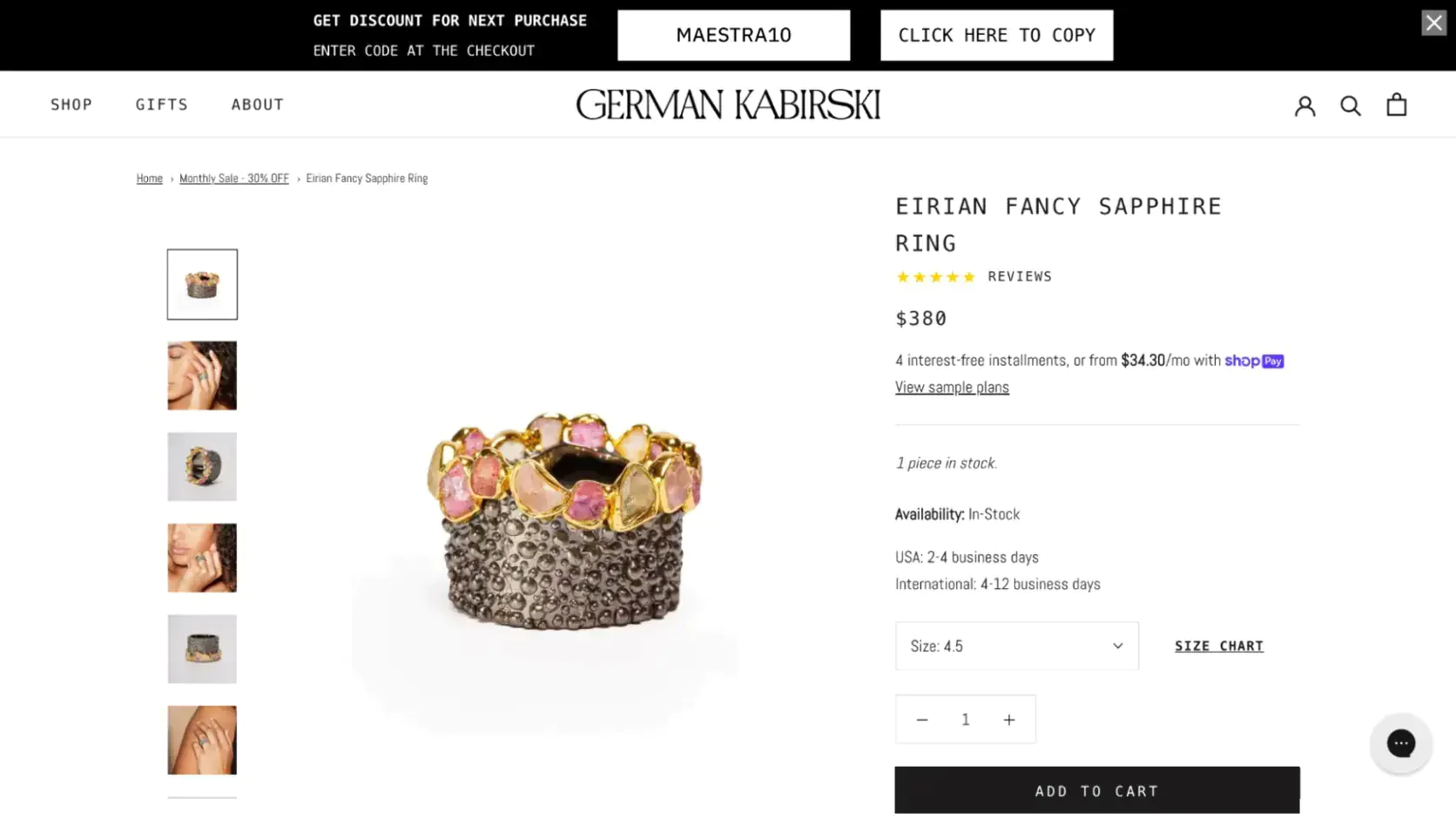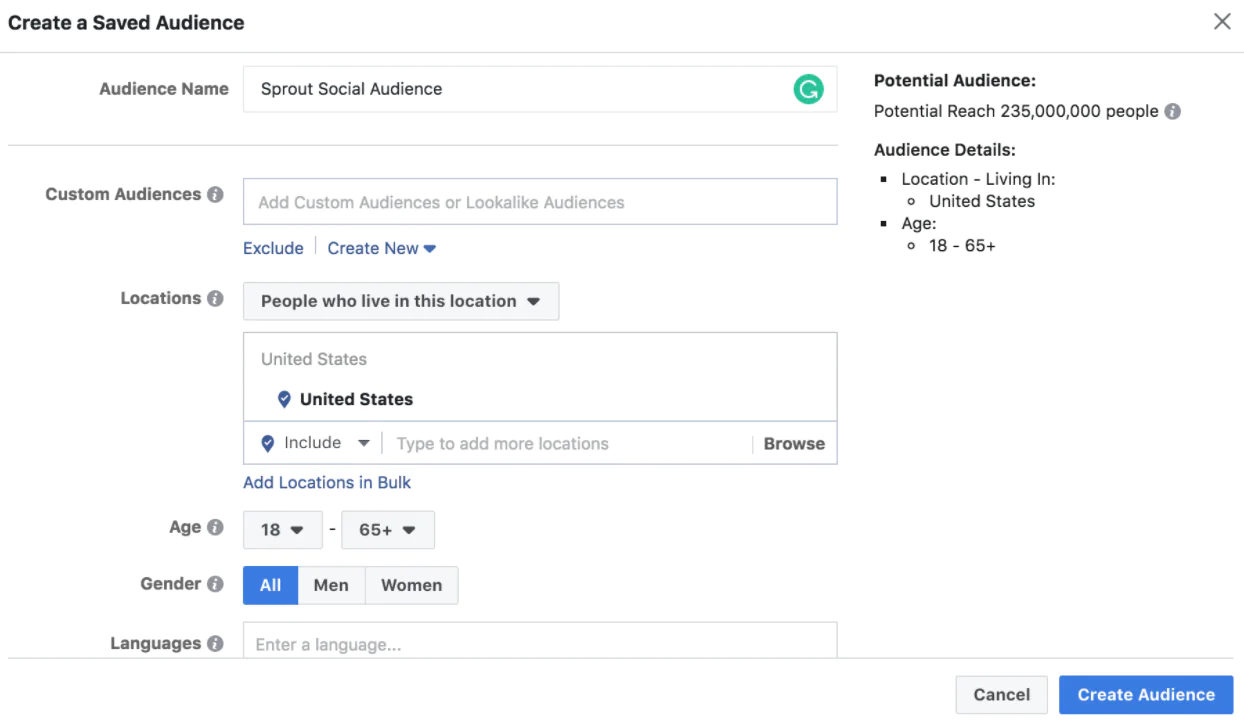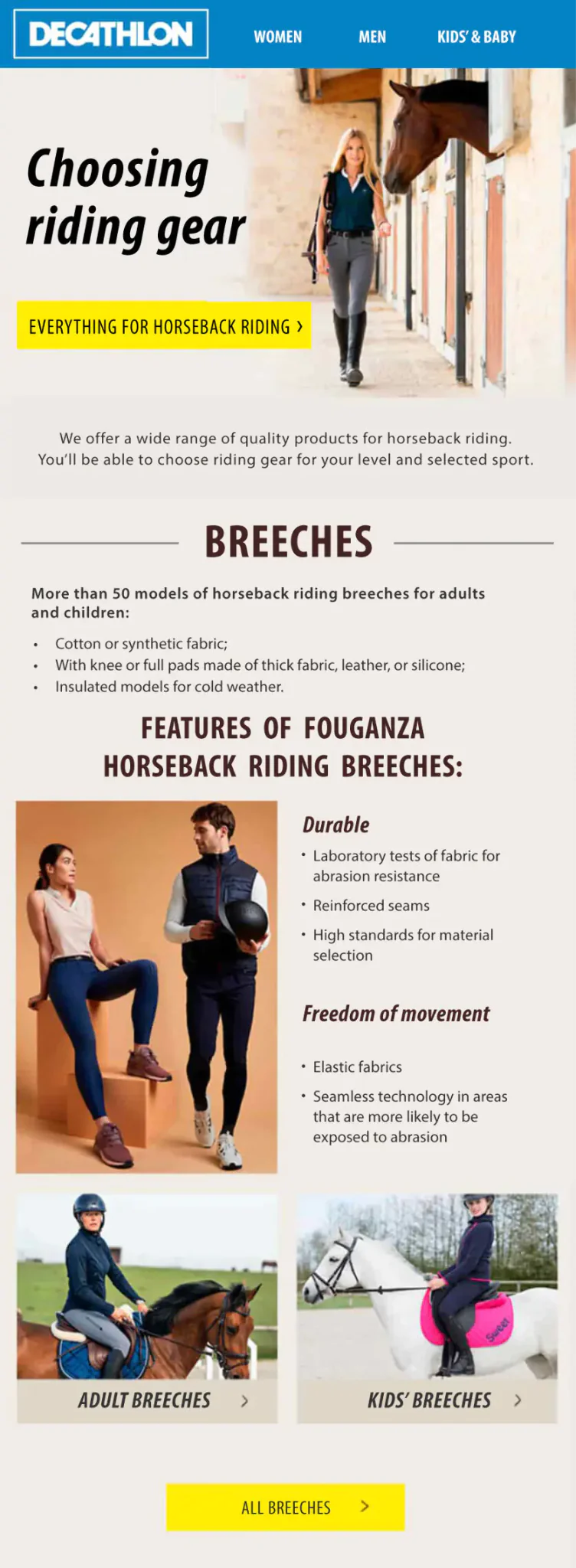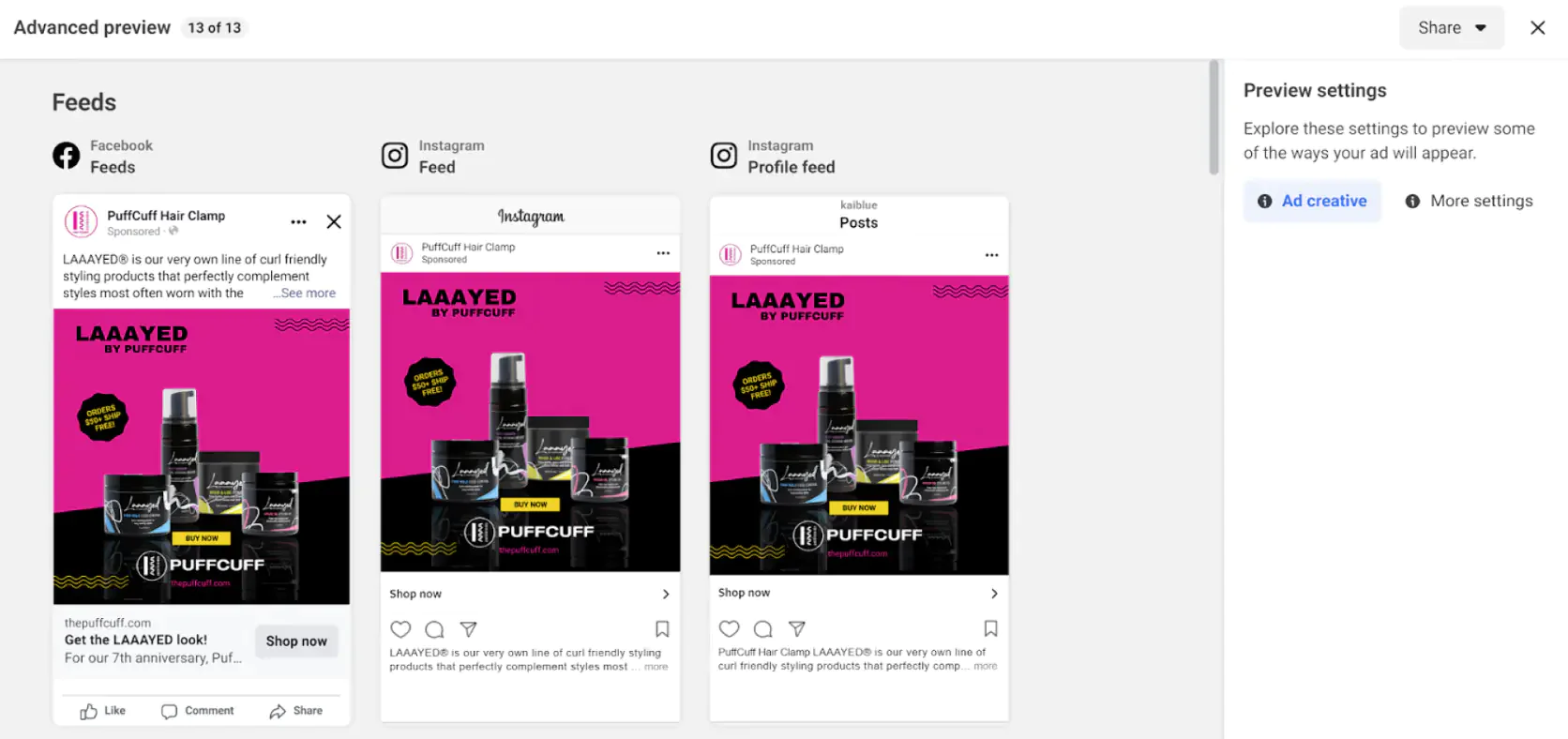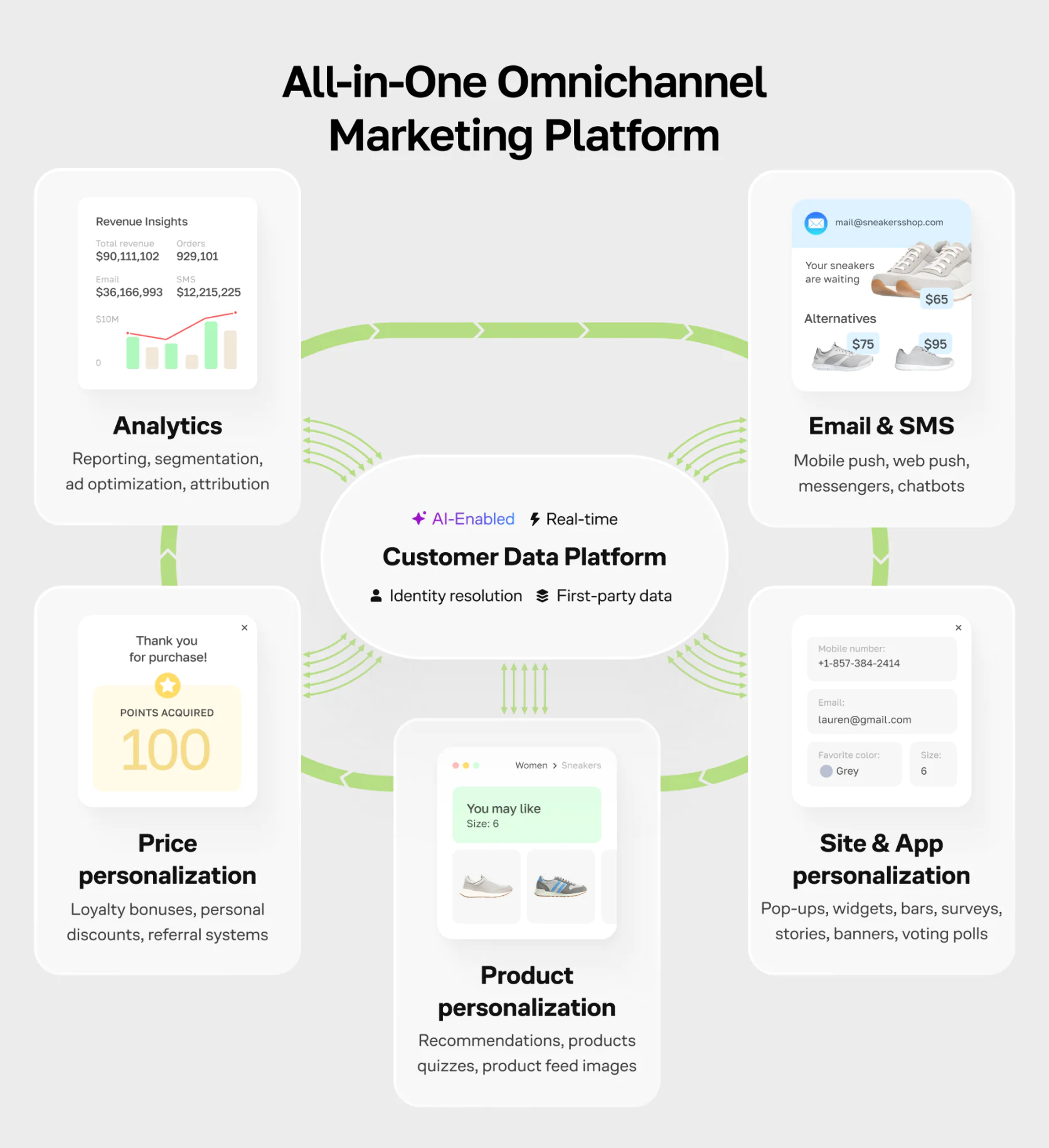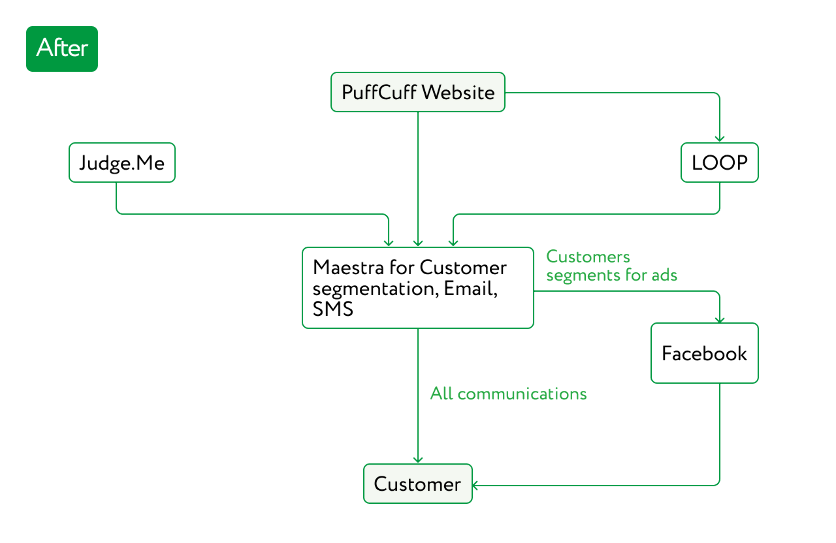May 27, 2025
CDP vs DMP: What’s the Difference Between These Data Tools?
Trying to improve your marketing strategy? Whether you’re aiming to build deeper relationships with existing customers or reach new ones, you’ll need the right data tools. That’s where Customer Data Platforms (CDPs) and Data Management Platforms (DMPs) come into play.
The CDP vs DMP choice often starts here: CDPs help personalize experiences for people who already know your brand; DMPs help find new audiences through targeted advertising. You probably need both retention and acquisition strategies. That’s why many companies use both a CDP and DMP—but for very different jobs.
For marketers building their technology stack, understanding the difference between CDP and DMP can make or break your data strategy. Let’s break down how each works, where they shine, and how to decide what’s right for your business.
Executive Summary: CDP vs DMP—Key Differences
When comparing DMP vs CDP, the key distinctions become clear:
Data Source
First-party data—interactions on your own channels like website visits, purchases, email clicks
Third-party anonymized data from other sites and networks
Purpose
Build rich, detailed customer profiles for personalization
Build broad audience segments for ad targeting
Primary Use
Customer retention, loyalty, and personalization
Customer acquisition and campaign targeting
Data Storage
Long-term (months to years) for relationship building
Short-term (typically ~90 days) for campaign use
Privacy
Uses consented, first-party data—more GDPR-friendly
Relies on third-party cookies, which are being phased out
Here’s what many marketers discover: the DMP vs CDP decision isn’t always either/or. You can prioritize one platform based on your immediate goals, but most companies end up using both.
Let’s explore this Customer Data Platform vs Data Management Platform comparison in detail.
What Is a CDP (Customer Data Platform)
A Customer Data Platform, or CDP, is a centralized database that collects and unifies customer data from all your sources. It pulls together data from your website, app, emails, in-store purchases, CRM, support interactions, and more.
This gives you a complete picture of every customer—so you can deliver personalized experiences that boost engagement and sales.
One of Maestra’s clients integrates data from their website, mobile app, and offline stores in Maestra CDP. By combining cash register purchases with online behaviour and app activity, they build a comprehensive profile
The customer data platform vs data management platform debate often centers on this unified customer view that CDPs provide, while DMPs focus on anonymous audience segments.
How CDPs Collect and Use Data
CDPs primarily work with first-party data—information customers have shared directly with your brand. This includes:
Personal information: Names, emails, phone numbers, account IDs
Behavioral data: Website visits, product views, purchase history, email clicks, app usage
Preference data: Favorites, interests, communication preferences
Contextual data: Device type, location, time-of-day patterns
Transaction data: Purchase history, returns, loyalty points
Because the CDP pulls data from all your channels, it can recognize that Jane Doe browsing on her phone, Jane logging in on her laptop, and JDoe@email.com are the same person. It connects the dots and builds a real-time, unified profile—a key difference between CDP and DMP since DMPs focus on anonymous data.
Customer profiles in CDP merge data across devices and channels for a complete view
Benefits for marketers and businesses
The unified customer view in a CDP enables data-driven marketing:
CDP data allows marketers to create sophisticated segments based on behavior, preferences, and purchase history—for targeted campaigns that actually resonate.
In Maestra, you can build segments based on customers demographic data (gender, age, location), browsing and purchase activity, preferable channels, and prior engagement with brand communications
For example, Metropolitan Group, a major real estate developer, uses their CDP to segment audience by:
Property preferences (villas, penthouses, waterfront)
Geography (within Dubai and internationally)
Lifestyle preferences (golf, yachting, large families, etc.)
This approach allowed them to send highly targeted communications with relevant listings to each customer, resulting in a 35% increase in lead volume each month.
2. Personalized experiences
CDPs let you personalize every touchpoint—from product recommendations to entire customer journeys—based on real-time behavior and historical data.
For example, G-Plans, a nutrition service, previously treated all customers the same during their refill process—new and returning users followed the same long workflow. Now, Maestra CDP identifies returning users and routes them through a faster, more efficient refill path (no appointment needed), saving time for both customers and the care team.
This smoother journey has helped G-Plans double customer lifetime value by tailoring messaging across email, mobile, and SMS.
3. Omnichannel communication
Marketing teams use CDPs to orchestrate seamless customer journeys across channels, triggering campaigns based on real behaviors—like browsing activity, cart abandonment, or loyalty milestones.
For example, jewelry brand German Kabirski launched a floating discount bar that syncs between email and website. When a customer receives a personalized email with a promo code, the same offer appears when they browse the website—ensuring it’s not lost. Eliminating friction and making it easy for customers to act on offers, this connected experience increased conversion rates by 27%.
...then matching code appears on the website
4. Advanced analytics and predictive insights
CDPs solve one of the biggest analytical challenges–fragmented data. Assessing critical metrics becomes a challenge without a unified customer profile.
For example, if your data is siloed between your website and app, you might think a customer made one purchase and disappeared—when in reality, they continued shopping via your app. A CDP connects these interactions to the same person, giving you the full picture.
Beyond unifying data, CDPs unlock predictive insights. Many platforms (including Maestra) offer automated RFM (Recency, Frequency, Monetary) segmentation to help you:
Identify your most valuable customers
Spot those at risk of churning
Nurture high-potential buyers into loyal VIPs
Example of an RFM analysis within Maestra
This kind of insight helps marketers focus their efforts where it matters most—improving retention, loyalty, and overall ROI.
What Is a DMP (Data Management Platform)?
A Data Management Platform (DMP) is software that helps marketers and advertisers collect, organize, and activate anonymous user data—mainly for digital advertising. DMPs are built for one primary goal: powering smarter, more targeted ad campaigns across the web.
When evaluating DMP or CDP options, it's important to understand that DMPs operate behind the scenes by gathering anonymous data from cookies, device IDs, and IP addresses. This data is then organized into audience segments advertisers can target across channels more effectively.
In fact, many major advertising platforms—like Facebook Ads, Google Ads, and LinkedIn Campaign Manager—include DMP-like features allowing to reach specific audience segments based on interests, demographics, and online behaviors.
Building an audience for Facebook ads based on location, age, gender, language, and other parameters
Third-party data and cookie-based targeting
Unlike CDPs, which focus on first-party data, DMPs rely mostly on third-party data—information collected from users who haven’t interacted directly with your brand.
The data management platform vs customer data platform distinction is most evident in their data sources. While CDPs focus on owned customer interactions, DMPs gather data from:
Third-party cookies tracking browsing behavior across multiple websites
Data marketplaces and aggregators
Partner websites sharing audience data
Publisher networks that collect user interaction data
Let’s say someone frequently visits fitness blogs, shops for running gear, and watches workout videos. A DMP might categorize them as a "sports enthusiast". That person is then grouped into a broader segment that advertisers can target with relevant ads—like running shoes, gym membership, or sports equipment—across hundreds of unrelated websites. This anonymous approach highlights the DMP vs CDP distinction in user identification
Because this data is anonymous by design, DMPs don’t track names or emails. Instead, they use anonymous identifiers (like device IDs or cookie strings) to represent users. This structure aligns with privacy regulations and the nature of programmatic advertising.
It’s also why DMPs typically store data for a limited window—about 90 days. Cookies expire, behaviors change quickly, and the focus is short-term reach rather than long-term customer engagement.
DMPs are built for acquisition. They’re especially effective when your goal is to reach new audiences who haven’t interacted with your brand—yet. Their unique strengths include:
Prospecting at scale: Reach millions of potential customers who match your target profile—even if they never visited your site.
Look-alike modeling: Find users who behave like your current customers but aren't in your database yet.
Programmatic advertising: Automate ad placement across thousands of websites and apps.
Media optimization: Refine spend by focusing on audience segments that consistently convert.
Audience expansion: Uncover new audience segments you hadn't previously considered.
For example, if you're launching a new product line and want to reach an audience that’s never heard of your brand, a DMP can help identify likely buyers—based on what similar people are browsing, reading, and watching online.
Bottom line: DMPs are ideal for top-of-funnel marketing where your goal is reach, not relationship. They help you connect with the right new people, at the right time, across the open web.
CDP vs DMP: What's the Difference?
Both CDPs and DMPs manage customer data—but they serve different goals and operate in fundamentally different ways. Understanding the difference between CDP and DMP is essential for making the right technology choice for your marketing stack.
The CDP vs DMP comparison reveals fundamental distinctions in data handling, user identification, and marketing objectives.
1. First-party vs. third-party data
The most significant difference between CDPs and DMPs is what kind of data they handle:
CDPs primarily work with first-party data—information collected directly from your customers through your website, app, emails, CRM, purchases, or support channels. They can also use zero-party data—preferences or survey responses that customers explicitly share with you.
In contrast, DMPs rely heavily on third-party data—anonymous information gathered from external websites, data brokers, and ad networks. This data is often captured via cookies and is great for expanding your reach beyond known customers.
Why it matters: First-party data is more accurate, consented, and privacy-compliant. Third-party data can offer scale but is increasingly limited by regulations and browser restrictions. Factor this into your DMP vs CDP evaluation process.
2. Data retention & identity resolution
CDPs and DMPs take different approaches to how long they keep data—and how they connect it to real people.
CDPs are built for the long haul, a key point in the customer data platform vs data management platform debate. CDPs store data for years and resolve multiple identifiers (like email, device ID, phone number) into a single persistent customer profile. This lets you track a customer’s entire lifecycle—from first click to repeat purchase.
DMPs are short-term tools. They usually store data for 90 days or less, matching cookie lifespans. DMPs don’t build persistent profiles—they manage anonymous segments that may disappear if no new data comes in.
Bottom line: CDPs are built for relationship-building over time. DMPs are designed for short-term campaign execution.
3. Privacy, compliance, and cookie deprecation
The privacy landscape is rapidly changing how these tools can operate:
CDPs typically collectdata from users who have a direct relationship with your brand. Since they work with consented first-party data in a brand-controlled environment, they’re generally better aligned with GDPR, CCPA, and other privacy laws.
DMPs, on the other hand, rely on third-party cookies and tracking that consumers often aren't fully aware of. As third-party cookies are deprecated by major browsers like Chrome, Safari, and Firefox, DMPs are facing serious headwinds.
The takeaway: CDPs are built for the privacy-first future. DMPs are trying to adapt. This privacy advantage makes the CDP vs DMP focus clearer for compliance-focused organizations.
4. Customer profiles vs. anonymous segments
The way these platforms represent people reflects their purpose:
CDPs create rich customer profiles with personal details, preferences, behaviors, and full interaction histories. This enables one-to-one personalization—like offering a discount on a product someone browsed three days ago.
DMPs group users into anonymous segments. Instead of knowing that “Jane loves hiking gear,” a DMP knows that “User 12345 is in the outdoor enthusiast segment.” These IDs don’t tie back to personal information.
The difference between CDP and DMP influences how marketers approach engagement and acquisition. CDPs are great for personalized journeys, and DMPs are best for large-scale audience targeting where identity isn’t required.
When to Use a CDP, a DMP—or Both
Choosing the right platform, whether DMP or CDP, depends on your goals. Are you trying to retain and grow value from existing customers with a CDP, or reach new ones with a DMP? Here's how to decide between CDP and DMP solutions.
CDPs are your go-to when your strategy centers on deepening customer relationships. A CDP is ideal choice if you want to:
Consolidate fragmented customer data across multiple systems and touchpoints
Create highly personalized experiences through emails, website content, and product recommendations
Improve retention and loyalty through more relevant messaging
Build sophisticated cross-channel customer journeys
Increase lifetime value through a better understanding of behavior and preferences
Empower support teams with full customer histories
Analyze behavior patterns to improve products and experiences
For example, sportswear brand Decathlon uses CDP to spot customers who regularly shop a certain category—say, horseback riding gear—then sends them personalized emails with new arrivals, and shows relevant product recommendations when they return to the site.
Decathlon’s email for the segment of the audience interested in horseback riding
Marketers typically leverage a DMP when their primary focus is acquisition at scale. When comparing DMP vs CDP for acquisition, DMPs win for reach and scale.A DMP is particularly valuable when you want to:
Discover new audiences that resemble your current customers
Optimize media spend across platforms and channels
Reach people who haven't yet engaged with your brand
Improve programmatic ad performance through better targeting
Run cross-device and cross-channel campaigns to the same segments
Go beyond your own database to attract similar prospects
A fashion brand uses a DMP to build a “luxury fashion enthusiast” segment based on third-party browsing data. They then run ads for a new collection across social media, publisher sites, and apps—reaching customers who fit the profile but haven’t visited the site yet.
When to use both CDP and DMP together
Many companies treat CDP and DMP as separate tools. But using them together can dramatically improve results. Understanding how CDP and DMP complement each other is key to maximizing their potential.
How PuffCuff’s Online Store Reduced Marketing Automation Software Costs by 73.6% Using Maestra
For example, hair accessory brand PuffCuff used their CDP to create a high-intent segment: customers who had recently visited the site, made a purchase, or engaged with emails.
They then synced this segment to Facebook Ads Manager to create a lookalike audience—essentially blending first-party CDP data with DMP-style targeting, showcasing how CDP and DMP can work together.
Example of ads for a LaL audience based on those who purchased certain products
63.96% reduction in CPM (cost per thousand impressions)
43.76% decrease in cost per order
This hybrid approach let PuffCuff scale prospecting campaigns while keeping targeting sharp and budget-efficient.
The most successful marketers don’t choose CDP and DMP as either/or solutions—they integrate both platforms strategically.
CDP vs. DMP in 2025: Where Things Stand Now
As of 2025, the CDP vs DMP landscape continues to evolve rapidly in response to privacy regulations, browser changes, and rising expectations around customer experience. Here's how CDPs and DMPs stack up today in the ongoing CDP vs DMP comparison:
Customer Data Platforms have gone from emerging tools to essential infrastructure in modern marketing stacks. Several trends are driving their continued growth:
First-party data is now a top priority. As third-party data becomes harder to access, more companies are doubling down on first-party data strategies. CDPs are central to this shift. Analysts estimate the global CDP market will reach around $10 billion by 2025, reflecting this strong momentum.
CDPs are getting more powerful. Modern CDPs offer much more than unified profiles—they now include advanced analytics, real-time data orchestration, machine learning for predictive insights, and built-in personalization features.
CDPs are the central hub of marketing tech. Marketers are increasingly using CDPs to connect all their tools—from email platforms and advertising channels to loyalty programs and web personalization. Customer data flows in both directions, powering better decision-making and more coordinated campaigns.
Puffcuff’s marketing stack uses Maestra CDP as the central data engine feeding into other tools
CDPs are now marketer-friendly. Today’s CDPs are built with usability in mind, allowing non-technical teams to explore data, launch segments, and experiment with personalization—without needing constant developer help.
In short: For most brands, a CDP is now a must-have. It’s not just about storing data—it’s about activating it to deliver better experiences and drive growth.
DMPs are adapting to a cookieless world
While CDPs are on the rise, traditional DMPs are being forced to adapt—or risk becoming obsolete. When comparing DMP vs CDP evolution, here's why DMPs face challenges:
Third-party cookies are going away. Most DMPs were built around cookie-based tracking. But as browsers phase out third-party cookies the foundation of many DMPs is disappearing.
DMPs are shifting to new models. Forward-thinking platforms are adapting by incorporating more first-party data, using consent-based identity graphs, and focusing on contextual targeting.
Data Clean rooms are gaining traction. Some DMP functionality is moving toward privacy-safe "data clean room" environments that let advertisers and publishers collaborate without sharing raw user data—preserving privacy while still enabling targeting.
The line between CDP and DMP is blurring. Industry consensus holds that while traditional DMPs are under pressure, audience targeting remains essential. The platforms that survive will likely rely on first-party identifiers and privacy-compliant data sharing, rather than third-party cookies. At the same time, CDPs are beginning to take over some classic DMP use cases—such as activating first-party audiences for advertising.
Summary: CDP vs DMP—Which One Fits Your Needs?
Here's a comprehensive CDP vs DMP comparison to help you choose the right platform for your goals:
Data Type
First-party customer data (names, emails, purchases, behaviors)
Anonymous third-party data (cookies, device IDs, browsing habits)
Who It Tracks
Known individuals with detailed profiles and histories
Anonymous users grouped by attributes and behavior
Data Storage
Long-term (years) for relationship building
Short-term (~90 days), aligned with cookie and campaign cycles
Primary Use Cases
Personalization, customer journey orchestration, loyalty programs
Ad targeting, audience discovery, customer acquisition, media buying
Channels
Email, website, mobile app, SMS, customer service, offline
Primarily digital advertising platforms and networks
Privacy
Uses consented, first-party data; GDPR-friendly
Faces challenges from cookie deprecation and privacy regulations
Who Uses It
Marketing, CX, sales, support teams
Digital advertising teams, media buyers, agencies
Value Proposition
Deeper relationships with existing customers
Broader reach to potential new customers
Decision Framework: Choosing Based on Your Goals
If your focus is customer experience and retention: Choose a CDP to unify data, personalize experiences, and boost loyalty and lifetime value using rich, first-party customer insights.
If your priority is customer acquisition and reach: Use a DMP or similar tool to find and target new prospects at scale through audience modeling and digital ad platforms.
If you need both acquisition and retention: Combine CDP and DMP strategies. Use your CDP to understand and segment your customers, then feed those insights to your DMP for more efficient prospecting.
If you're just getting started: Begin by building your first-party data foundation with a CDP. As your base grows, layer in DMP capabilities to scale your acquisition efforts.
In a privacy-first world, owning your customer data and relationships through a CDP is a long-term advantage. DMPs still play a valuable role in expanding reach—but the smartest strategies use both tools together for full-funnel marketing.
CDP stands for Customer Data Platform. It’s a centralized system that unifies customer data from various sources—such as your website, mobile app, CRM, and in-store purchases—into a single, actionable profile. Unlike traditional databases, CDPs are built for marketing teams, enabling segmentation, personalization, and omnichannel campaign activation without needing IT support.
A Data Management Platform (DMP) collects anonymous user data—primarily from third-party cookies and external sources—and organizes it into audience segments (e.g., "fitness enthusiasts," "in-market auto shoppers," "business travelers"). These segments can then be activated across ad platforms like Google Ads or Meta for targeted media buying.
DMPs use algorithms to group users based on behavior and demographics and pass those audiences to ad platforms for optimized delivery. Data is anonymized and typically retained for a short period (~90 days).
What's a DMP in digital marketing?
In digital marketing, a DMP is the backbone of audience-based advertising. It helps brands go beyond basic demographics by enabling precise targeting based on behavior, interests, and purchase intent. DMPs power functions like lookalike modeling, cross-device targeting, and frequency capping—making them essential for campaign efficiency and performance at scale.
The DMP model follows a closed-loop process:
Collect anonymous data from cookies, device IDs, and third-party sources.
Organize the data into standardized taxonomies.
Segment users based on behavior or demographics.
Activate those segments via integrations with ad platforms.
Optimize using performance feedback to refine targeting.
DMPs focus on anonymous identifiers and are designed for large-scale acquisition campaigns, not for personalizing customer experiences.
How's a CDP different from MDM?
The difference between Customer Data Platform and Data Management Platform systems like MDM comes down to their core purpose.
MDM is an IT-led system focused on data governance and accuracy across an organization—ensuring consistent “golden records” for entities like customers, products, suppliers, and locations.
CDPs, in contrast, are marketing tools designed to activate unified customer profiles for segmentation, personalization, and campaign execution.
The key difference is in their purpose: MDM ensures data accuracy and consistency for operational needs, while CDPs enable marketers to understand customers and deliver personalized experiences.
Many organizations use both: MDM to ensure clean data, and CDP to put that data to work in customer experiences. Some CDPs can even consume MDM-verified data as a trusted source to enhance their customer profiles.
